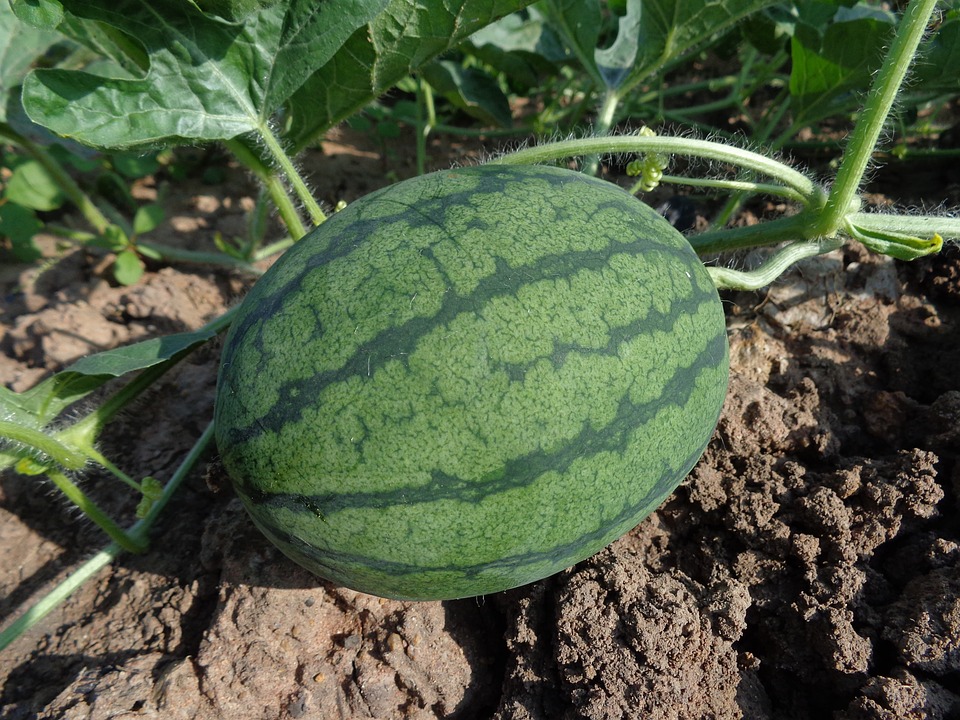My love for sustainable farming and gardening began many years ago when I decided to step off the grid and embrace a lifestyle that respects and nurtures Mother Nature. It has been an incredible journey filled with joy, learning, and delicious harvests. Today, I am excited to share with you some fun and upbeat sustainable gardening techniques that will not only enhance your own green space but also contribute to a greener and more sustainable future for all. So grab your gardening gloves, and let’s dive into the world of Going Green: Sustainable Gardening Techniques for a Greener Future!
One of the most critical aspects of sustainable gardening is understanding the importance of organic practices. By avoiding the use of harmful chemicals and pesticides, we can create an environment that is safe for both ourselves and the countless organisms that inhabit our gardens. Organic gardening not only helps protect our local ecosystems but also ensures that our food is free from harmful residue.
Composting is an excellent place to start your journey towards sustainability. By harnessing the power of nature’s decomposition process, you can turn kitchen scraps and yard waste into nutrient-rich soil amendments. Start by creating a designated composting area in your backyard or utilize a compost bin. Throw in fruit and vegetable peels, coffee grounds, tea leaves, eggshells, plant trimmings, and leaves. Avoid adding meat, dairy, or oily substances as they can attract pests. With patience and regular turning, you’ll soon have a fantastic supply of black gold, perfect for enriching your garden beds.
Pro Tip: To supercharge your composting process, add a handful of red wriggler worms, also known as composting worms. These little wrigglers not only break down the waste more efficiently but also create worm castings, which are incredibly nutrient-rich and beneficial for your plants.
Water is a precious resource, and in sustainable gardening, conserving and utilizing this essential element efficiently is crucial. One fantastic technique is rainwater harvesting. Set up rain barrels or cisterns to collect rainwater from your roof or gutters. Not only does this allow you to reduce your reliance on city water, but rainwater is also often softer and more beneficial for your plants due to its lack of chemicals. When watering, prioritize using harvested rainwater before tapping into your municipal supply.
Pro Tip: Use a soaker hose rather than a sprinkler system. Soaker hoses deliver water directly to the roots of your plants, minimizing wastage through evaporation and ensuring optimum hydration.
Another technique that helps conserve water is mulching. Apply a layer of organic mulch around your plants to help retain moisture in the soil, suppress weeds, and regulate soil temperature. Organic mulches can be made from straw, shredded leaves, wood chips, or grass clippings. As they break down over time, they also contribute to the fertility of your soil.
Pro Tip: Consider creating a living mulch by growing low-growing plants or cover crops between rows or around your plants. These living mulches provide additional benefits by preventing erosion, attracting beneficial insects, and promoting a healthier ecosystem.
In sustainable gardening, it’s essential to foster biodiversity and promote a balanced ecosystem. Encouraging beneficial insects and pollinators into your garden is a great way to achieve this. Plant a diverse range of flowers, herbs, and flowering shrubs that provide nectar and pollen throughout the growing season. Include native plants in your garden design, as they are often best adapted to the local environment and attract local wildlife.
Pro Tip: Create a “bug hotel” by placing logs, hollow stems, and other natural materials in a designated area of your garden. This provides shelter for beneficial insects such as ladybugs, lacewings, and solitary bees, which act as natural predators to pests, keeping them in check.
Introducing companion planting techniques into your garden can also improve overall plant health and naturally deter pests. By strategically pairing plants that benefit from each other’s presence, you can reduce the need for synthetic pesticides. For example, planting aromatic herbs like basil, rosemary, or lavender alongside your vegetables can help repel pests.
Pro Tip: Plant marigolds near your tomatoes to naturally deter nematodes, tiny soil-dwelling pests that can damage the roots of your tomato plants. The strong scent of marigolds masks the scent of the tomatoes, making it difficult for nematodes to locate their favorite host.
Finally, never underestimate the power of education and community. Sustainable gardening is not only about individual action but also about inspiring and sharing knowledge with others. Consider participating in or starting a local gardening club. Take part in workshops and seminars to learn new techniques and connect with like-minded individuals. The more we come together, the greater our impact will be on creating a greener future.
By adopting these sustainable gardening techniques and embracing an organic approach, we can transform our green spaces into vibrant, eco-friendly havens. Each small step we take today leads us closer to a greener and more sustainable future for ourselves and future generations. So let’s roll up our sleeves, dig in the dirt, and be the change we wish to see in the world. Together, we can make a difference!
Pro Tip: Remember, gardening is about patience, experimentation, and joy. Embrace the journey and don’t be afraid to try new techniques or grow unique and heirloom varieties. You never know what incredible discoveries lie hidden within your garden!



